Rowing is a tough and challenging sport that encompasses various forms of competition, including head racing and normal regatta racing. These two types of races differ in several key aspects, from their distance and format to their strategies and objectives. In this post, ill explore the fundamental differences between head racing and normal regatta racing in rowing.
Head Racing:
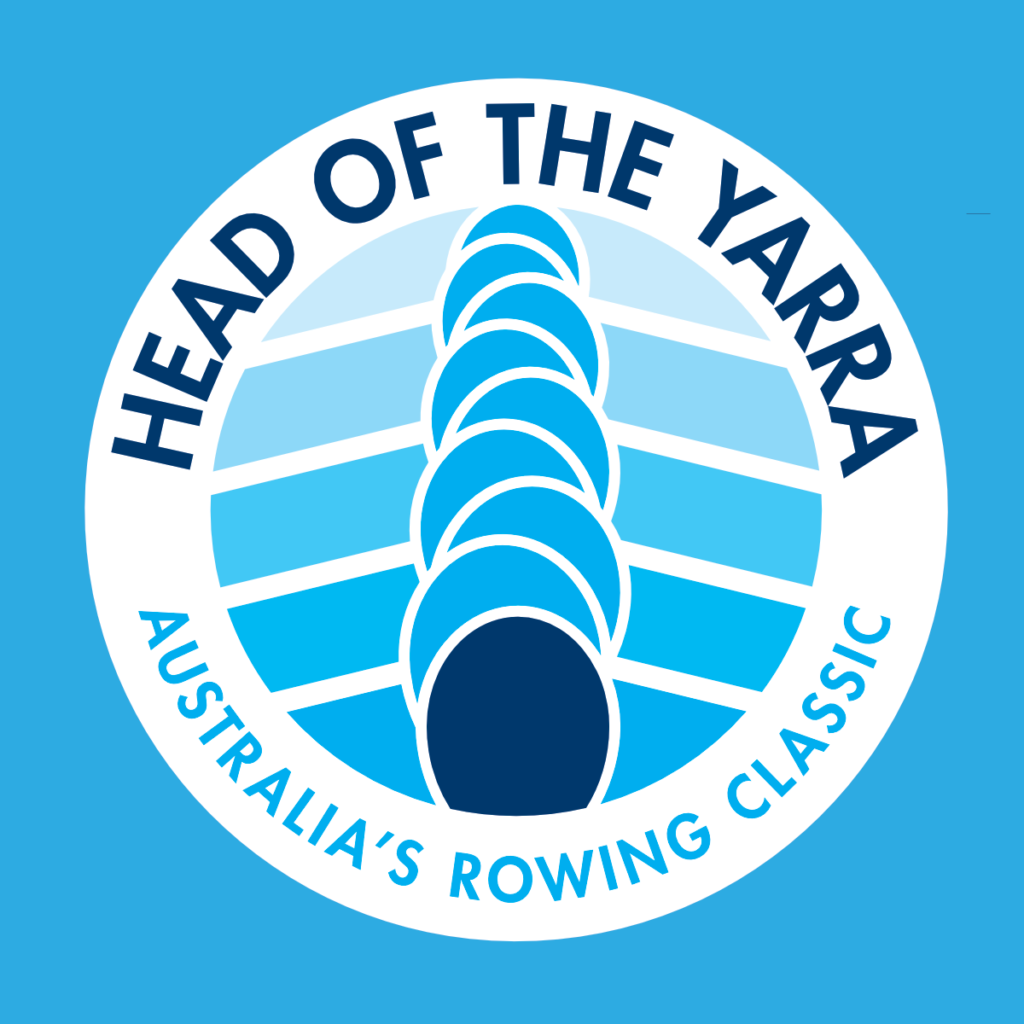
Head racing is a common type of rowing competition and usually takes place at the start of a regatta season as the races are longer and more endurance base they allow the rowers to focus on building a strong fitness base while also being able to focus on the challenges of racing. They are referred to as “head races.” These races are characterized by their longer distances, typically ranging from standard race distance to 10 kilometers or more, depending on the event and location. Head races are most commonly held on rivers and lakes with a variety of natural obstacles and challenging conditions. Head races are a great opportunity for the coxswains to really shine; while we add great value in normal racing (at least we know we do. lol) even the rowers will agree that during head racing the coxswain plays a very important role and many head races are considered coxswain courses; like the Head of the Yarra held in Melbourne.
One of the defining features of head racing is the individual or staggered running start format. Boats are released at regular intervals, typically 10 to 20 seconds apart (depending on race length), to ensure they don’t interfere with one another during the race. The objective in head racing is to complete the designated course as quickly as possible, with a focus on navigating the twists and turns of the course and managing changing conditions. This format requires crews to possess excellent endurance, technical skills, and the ability for the coxswains to make strategic decisions throughout the race.
Head races often incorporate elements like sharp turns, narrow sections of rivers, and varying currents, which all add an element of complexity to the race. Crews must adapt to these conditions and make tactical choices to optimise their performance. The coxswain (or stroke/ bow seat in smaller boats) plays a vital role in steering the boat and making decisions during head races.
Scoring in head racing is typically based on elapsed time, with the boat or crew completing the course in the shortest time declared the winner. These races prioritise precision, strategy, and overall rowing abilities.
Normal Regatta Racing:
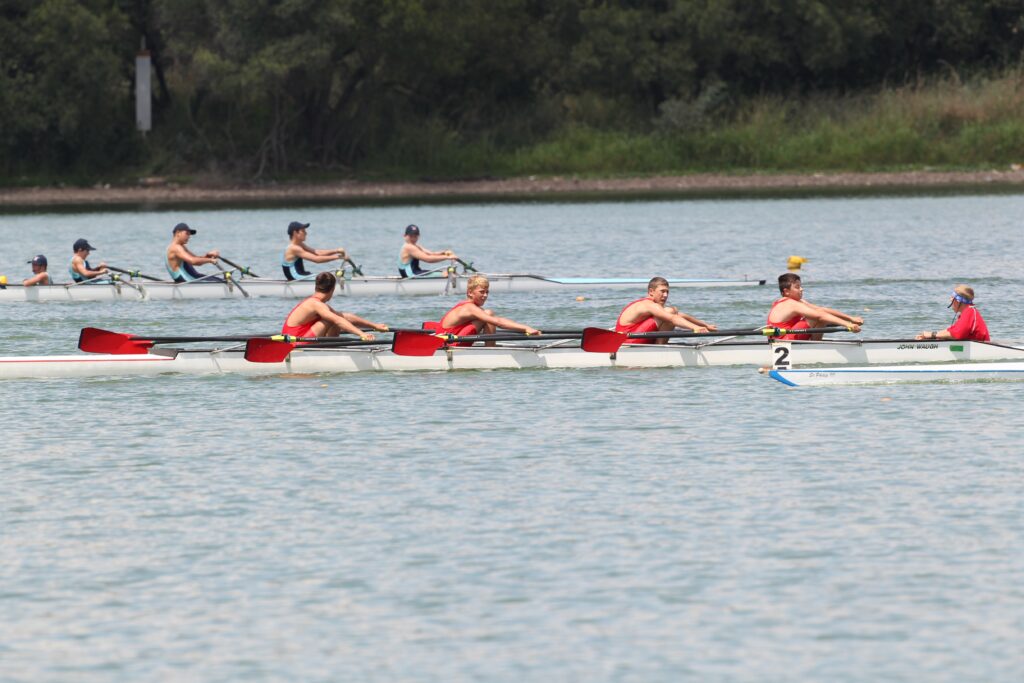
Normal regatta racing, for most athletes is over 2000 metres (or masters usually over 1000 metres) offers a contrast to head racing. Normal regattas are generally characterised by shorter distances. Regattas typically take place on straight, buoy-lined courses on bodies of water that provide consistent and controlled conditions, such as lakes and rowing courses.
In regatta racing, all boats start simultaneously, aligned side by side. This format allows for a direct competition among the crews, with rowers vying to reach the finish line first. The emphasis in regatta racing is on explosive power, speed, and raw sprinting ability, as the shorter distance requires a different type of physical and mental preparation. Masters rowing also has the added complexity of handicaps, making strategies even more exciting.
Unlike head racing, regatta races are relatively straightforward in terms of course layout; usually straight, although there is the occaisional river course that has twists and bends. Rowers aim to maintain a high stroke rate, generating maximum power and speed for the entire race. Coxswains in regattas primarily focus on steering a straight course and providing motivation and strategic cues and strategies to the crew.
Scoring in regatta racing is typically based on the order of finish, with the first boat or crew across the finish line declared the winner. Races are often structured as knockout heats, semifinals, and finals, with the top finishers in each heat progressing to the next round (depending on entry numbers).
A brief mention of head racing:
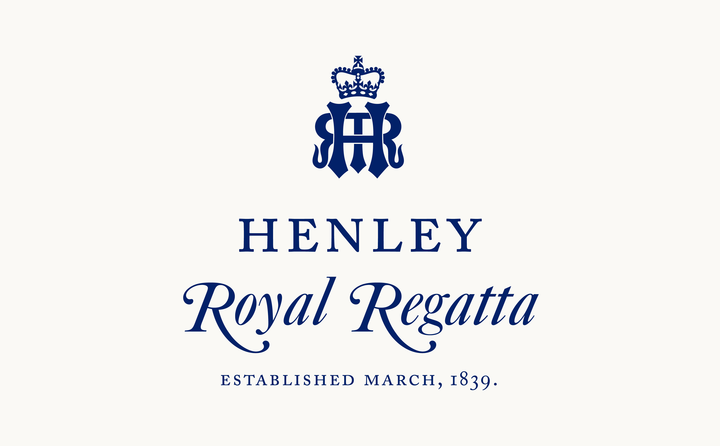
Head racing is when two boats compete one on one in a knockout style format. Meaning the winner goes throug to the next round, the loser is out. The best example of this is the annual Henley Royal Regatta; a muct tick box for many a rower.
Key Differences:
Distance: The primary difference between head racing and regatta racing is the race distance. Head races are longer, ranging from 2,000 meters to many kilmetres, while regatta races are shorter, typically around 1,000 to 2,000 metres.
Start Format: Head races use staggered or individual starts, while regatta races feature simultaneous starts for all crews.
Course Complexity: Head races often have complex and winding courses with natural obstacles, while regattas typically feature straight, buoy-lined courses.
Skills Emphasis: Head races prioritize endurance, technical skills, and adaptability to changing conditions, whereas regatta races emphasize explosive power, sprinting ability, and maintaining a high stroke rate.
Scoring: In head racing, scoring is based on elapsed time, while in regatta racing, the order of finish determines the winner.
In summary, head racing and normal regatta racing represent two distinct facets of competitive rowing. While head races demand endurance, navigation, and strategy over longer and more complex courses, regatta racing focuses on explosive power, sprinting speed, and head-to-head competition over shorter, straight courses. Both types of racing provide unique challenges and opportunities for success in the sport of rowing. Although it must be said as a coxswain the higher level of challenge involved in head racing really does make it stand out; yet the thrill of the sprint is also very hard to beat.
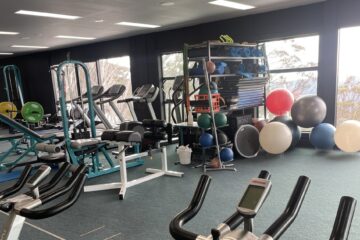
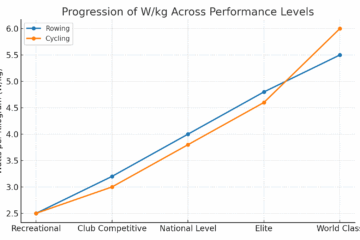

0 Comments